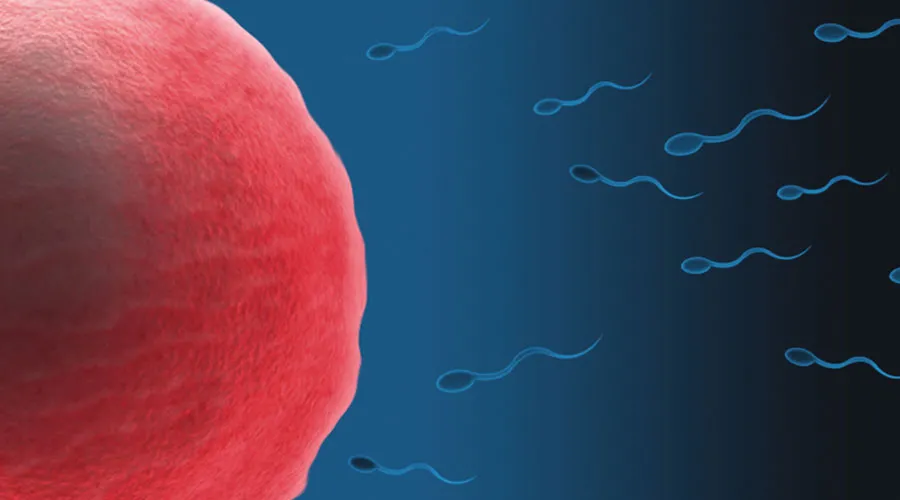At what point does human life begin? For decades science has had a clear answer: fertilization.
Below we recall 5 times that science has pointed out that human life begins in fertility.
1. The Medical Hysterectomy Book by John Longman
In 1975, in the third edition of John Longman’s famous book Medical Fertilizer, “The development of a human being begins with fertilization.
The most recent edition of the book emphasizes that “growth begins with fertilization.”
2. Fundamentals of the human uterus, by Keith Moore
Keith Moore’s Essentials of Human Embryology (published 1988) agrees that “human development begins after the union of male and female gametes or germ cells during a process called fertilization (fertilization).”
The fertilized egg, “called the zygote,” says the book, “a large diploid cell, which is the beginning or earliest of man.”
3. A study published by Nature
“The life cycle of mammals begins when a sperm enters an egg,” he said. A 2010 study published in the journal Nature Entitled “The Role of the Elliptical Complex in Zygotic Paternal Genetic Demethylation” by Yuginori Okada and other scientists.
4. A new investigation in 2012
An investigation Conducted by Janetti Signorelli and other scientists In 2012 he concluded that “fertilization is the process by which haploid male and female gametes (sperm and egg) combine to form a genetically unique individual.”
5. “Humans in Development” by Moore, TVN Bursat and Mark Torchia
In 2015, in the last edition of his book Developing human: clinically dependent embryo .
“Fertilization begins when a sperm melts with an octet and forms a cellular zygote,” they wrote.
The scientists also noted that “all major external and internal structures are established between the fourth and eighth week” and that “ruptures of the upper extremities are identified as small swellings on the walls of the ventrolateral body at 26 or 27 days.”
At the end of the eighth week, they noted, “The fetus has vague human characteristics; However, the head is still too large to cover half of the fetus. “


:quality(85)/cloudfront-us-east-1.images.arcpublishing.com/infobae/SMPW7M5BQFERBOQUPJXKCOKARY.jpg)
:quality(85)/cloudfront-us-east-1.images.arcpublishing.com/infobae/NP5NEZXMZFGNLBHNEQJHPJVMKM.jpg)

:quality(85)/cloudfront-us-east-1.images.arcpublishing.com/infobae/X7DZAL3I4REJTKPZ4Y4DYBHFMI.jpg)